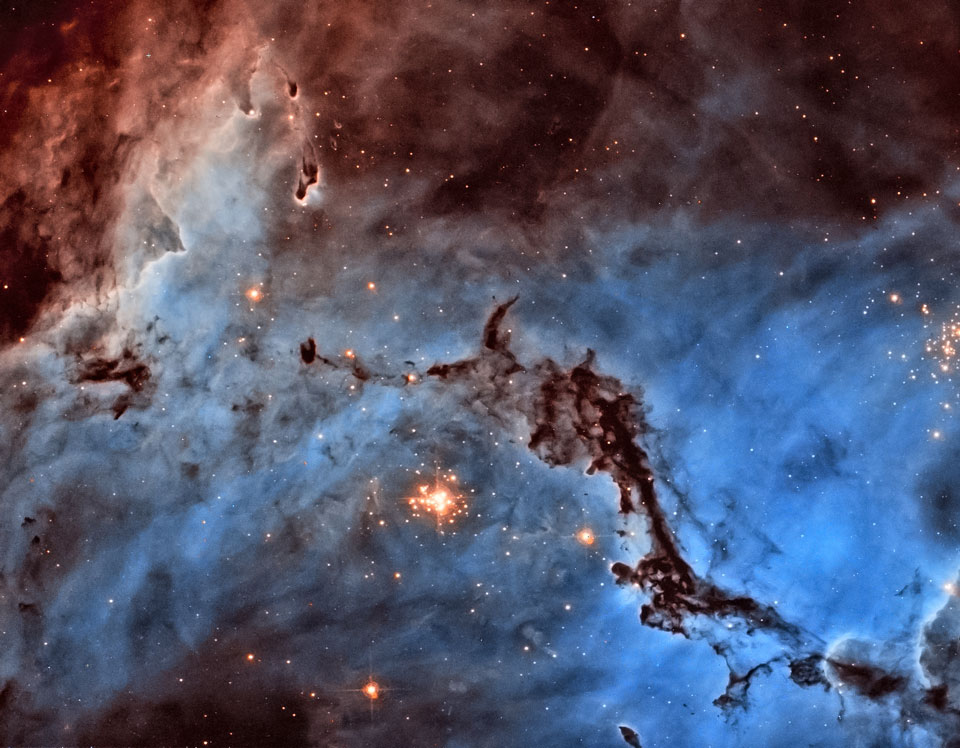Image Credit: NASA, ESA, J. Lake
I decided to post about the recent Russian asteroid strike(poor Russians; they always get the exciting(dangerous depending on how you want to look at it), because there seems to be confusion about whether the asteroid actually hit and left a crater.
Arthur C Clarke was one of the first and still the best presentation of the 1908 siberian comet strike. Unfortunately, nobody has put the whole program in one youtube; i'll show part one, and I'm sure you can find the other two.
I actually first heard of the Tunguska event from a book about black holes that my father had on his book shelves; the author apparently decided to mention the Tunguska event because of speculation that it might have been a black hole; today, such speculation seems silly.
Carl Sagan and Arthur C. Clarke seem to me to have hoped that Humans find E.T's or at least bacterial life on Mars(or better yet, fish like life in the seas of Europa); they seemed to have the hope that this would lead to a Renaissance and a questioning of beliefs. Of course this hasn't happened. Another hope would be an asteroid strike that would get world politicians to make a united space colonization effort. Well, this latest Russian asteroid strike hasn't led to world leaders getting a hearton for space colonization; but, you can almost feel a Renaissance like awakening happening. The asteroid strike has captured the imaginations of peoples around the world.
-------------------------------------crazy science/technology extra
Dna-nanotech has overcome lots of technical bottlenecks as I've reported even here on this blog. But, apparently, one problem has been the cost for dna strands. Well, someone has worked to drastically cut the costs(still a little bit expensive; but, I'd imagine they could find even better cost reductions as they perform this latest advance) of dna strands. This was for synthetic biology; making artificial bacterial cells, or replacing the dna and taking over the ribosomes of Eukaryatic cells. But, this dna strand cost reduction can be generalised to dna-nanomanufacturing as well.
Solve for X: Austen Heinz on democratizing creation
and for the recent excitement over synthetic biology
MIT-developed genetic circuits have logic and memory functions
With synthetic biology alone, we can solve two of the major problems that Eric Drexler for one notes that nanotechnology can solve - energy and medical. It can't solve the manufacturing of arbitrary technologies like computers and spaceships and so on of course. Dna-nanotech can't either; but, it could bootstrap to a more robust nanomanufacturing system.


and the advancements in dna-nanotech for one just keep rolling in and from out of the blue.
ReplyDeletehttp://www.eurekalert.org/pub_releases/2013-02/nu-fan021313.php
I found a Chad Mirkin nanotechnology youtube . . . seems like years ago. It was more about dip pen lithography; as it turns out he was the pioneer. I think I linked that somewhere in this blog actually. Anyways, Mr Mirkin has clearly decided to see what he can do with dna-nanomanufacturing as linked above. He's making arbitrary nanoparticles as atoms(or protons), and dna and binding glue(or electrons). In this way, he's been able to make arbitrary nanocrystal patterns. The question becomes how does all this combine with all the great advancements for instance as highlighted here on this blog alone?
My first thought would be as nano-grit. Dna-nanotech tends to be soft-nanotech. Mr Mirkin's dna work here could serve as nano-grit to make stronger dna self-assembled nanostructures.
DeleteOne could generalize even beyond Mr Mirkin and have all the great dna advancements of the past few months create arbitrary dna-nanoparts, and then use some more dna-strands as Mr Mirkin does here as the electron glue of the already self assembled dna-nanostructures to self assemble those previous dna-nanostructures into various higher dna-nanostructures!